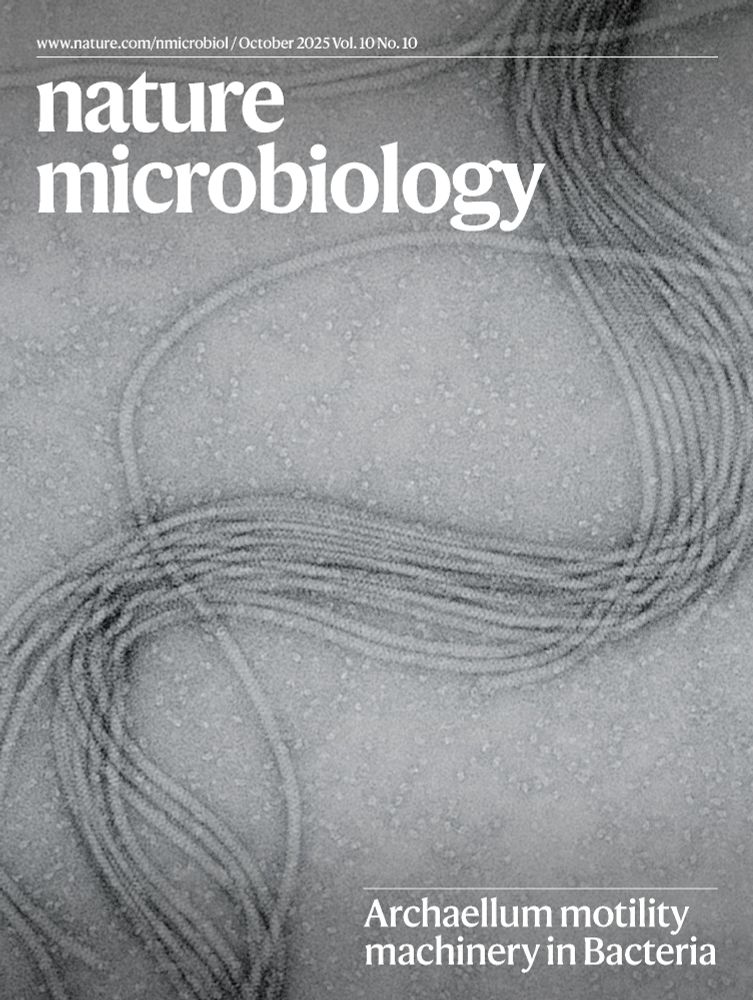Patricia Bernal
@pbernalt6ss.bsky.social
2.1K followers
1.9K following
230 posts
Group Leader & Associate Professor of Microbiology at Universidad de Sevilla. I am interested in Microbiology, Pseudomonas putida, T6SS, biocontrol and scicomm
Website: personal.us.es/pbguzman
📍University of Seville
Posts
Media
Videos
Starter Packs
Pinned
Reposted by Patricia Bernal
Reposted by Patricia Bernal
Reposted by Patricia Bernal
Reposted by Patricia Bernal
Reposted by Patricia Bernal
Reposted by Patricia Bernal
Reposted by Patricia Bernal
Reposted by Patricia Bernal
















